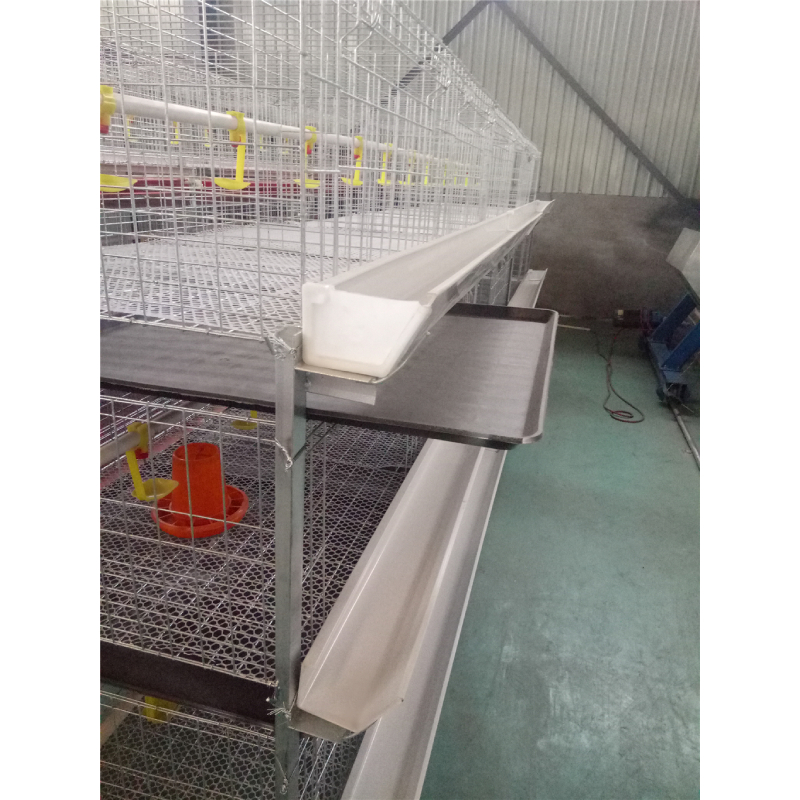pellet feed machine
Dec . 04, 2024 16:13 Back to list
pellet feed machine
Understanding Pellet Feed Machines Revolutionizing Animal Feed Production
In the realm of agriculture and animal husbandry, the importance of high-quality feed cannot be overstated. Pellet feed machines play a crucial role in transforming raw materials into nutritious pellets that enhance the diet of livestock, poultry, and aquaculture species. This article explores the mechanics, advantages, and applications of pellet feed machines, shedding light on their significance in modern animal farming.
The Basics of Pellet Feed Machines
A pellet feed machine, or pellet mill, is a device that compacts animal feed ingredients into small, cylindrical pellets through a die. The process generally involves grinding the raw materials into a fine powder, conditioning it with steam or moisture, and then forcing it through the die with the help of a roller. The end product is a uniform, dense pellet that is easy to store, transport, and feed to animals.
The machinery can vary in size and capacity, serving different scales of operation from small farms to large commercial enterprises. Depending on the manufacturer and the specific needs of the operator, features may include adjustable die sizes for pellet diameters and integrated cooling systems for quality control.
Advantages of Pellet Feed
1. Nutritional Efficiency Pelletizing ingredients can improve the nutritional characteristics of animal feed. By compacting ingredients under heat and pressure, the binding agents and nutrients are melded, leading to enhanced digestibility. This means animals can extract more energy and nutrients from their feed, promoting better growth rates and health.
2. Reduced Waste Pellets are more palatable to animals compared to loose feeds. The uniform shape and size reduce selective feeding behaviors, wherein animals might choose certain ingredients and leave others. This ensures a more balanced diet and less feed wastage.
3. Easier Storage and Handling Pellets are less prone to spoilage and infestations compared to raw feed ingredients. Their compact form also saves space, making them easier to store. Transport becomes simpler as well, as the pellets can be bulked and handled more efficiently.
pellet feed machine

4. Customization of Formulations Pellet feed machines allow for precise formulation of feed recipes tailored to the specific nutritional requirements of different species or stages of growth. This customization promotes optimal animal performance and health.
Applications in Animal Husbandry
Pellet feed machines cater to a wide range of applications across the animal husbandry sector. Typically used for producing feed for
- Livestock Cattle, swine, goats, and sheep benefit from specially formulated pellet feeds aimed at weight gain, lactation, or breeding efficiency. - Poultry Chickens, turkeys, and ducks thrive on growth-promoting pellet feeds that support high feed conversion ratios and egg production.
- Aquaculture Fish farming relies significantly on pelletized feeds, which float on water, making it easier for fish to consume and reducing water pollution.
- Pets The pet food industry has also embraced pellet production to deliver balanced, nutritious diet options for dogs, cats, and other companion animals.
Conclusion
Pellet feed machines are a vital asset in the quest for improved animal nutrition and production efficiency. As the global demand for animal products continues to rise, the significance of these machines will only grow. They not only enhance feeding practices but also support sustainable agricultural practices by minimizing waste and improving the health of livestock. Investing in pellet feed technology can thus be seen as a step toward a more productive and sustainable future in animal husbandry. Understanding and implementing the use of pellet feed machines can ultimately lead to healthier animals and, consequently, a healthier food system.
-
Automatic Feeding Line System-Pan Feeder Nipple Drinker|Anping County Yize Metal Products Co., Ltd.
NewsJul.29,2025
-
Hot Sale 24 & 18 Door Rabbit Cages - Premium Breeding Solutions
NewsJul.25,2025
-
Automatic Feeding Line System Pan Feeder Nipple Drinker - Anping County Yize Metal Products Co., Ltd.
NewsJul.21,2025
-
Automatic Feeding Line System Pan Feeder Nipple Drinker - Anping County Yize Metal Products Co., Ltd.
NewsJul.21,2025
-
Automatic Feeding Line System - Anping Yize | Precision & Nipple
NewsJul.21,2025
-
Automatic Feeding Line System - Anping Yize | Precision & Nipple
NewsJul.21,2025






